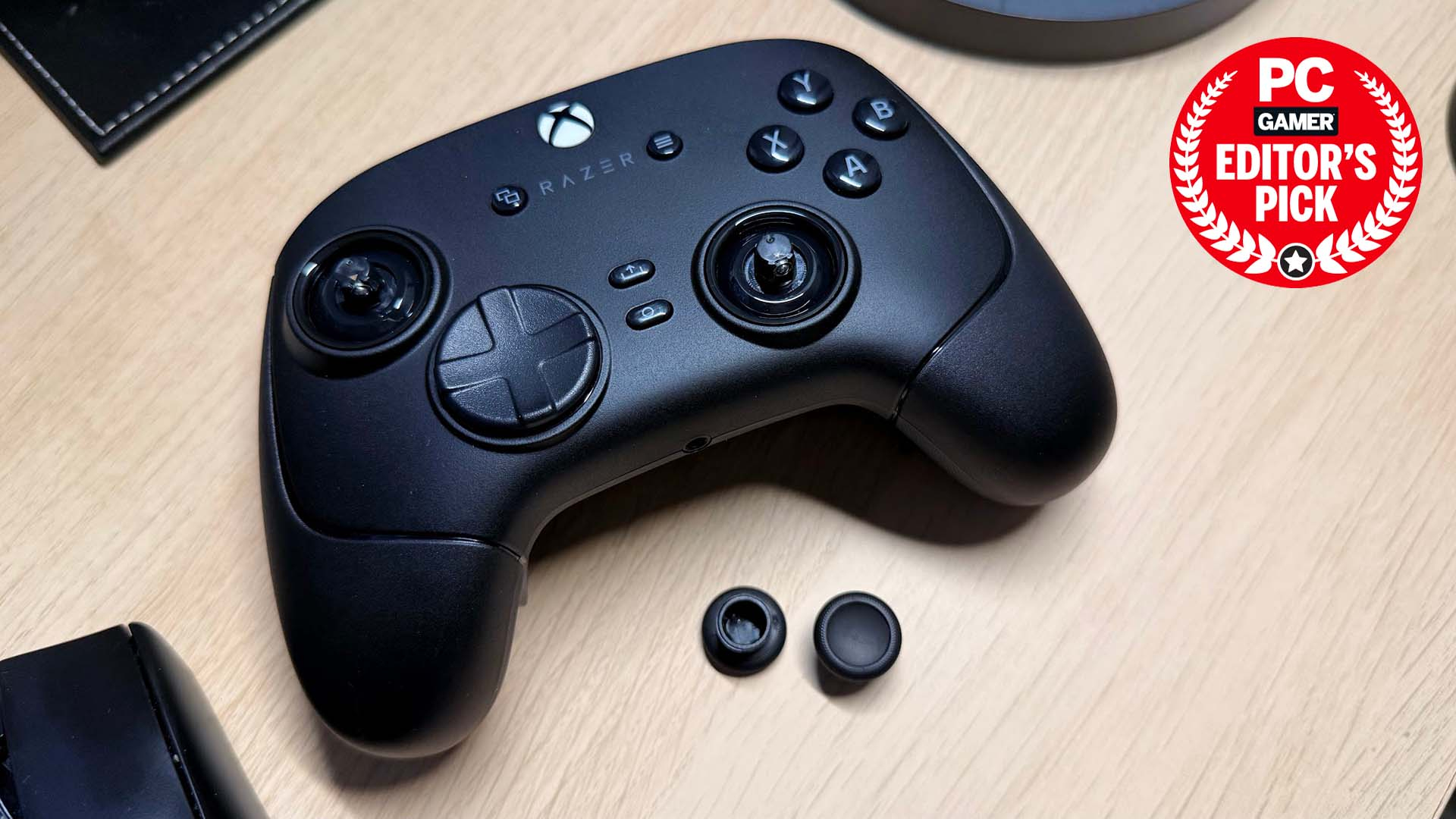
I've been a fan of the Razer Wolverine controllers for years. I started reviewing with the original Wolverine Tournament Edition, but each iteration seemed to just fall short of perfection. The last Wolverine V2 Pro came close for me, but it lacked any haptics and had those awkwardly placed back paddles. Enter the $200 Razer Wolverine V3 Pro, a controller that fixes most of the V2 Pro's shortcomings and even adds Xbox wireless support. Unfortunately, that means no more PlayStation support—but we don't care about that cause we're PC gamers here, right?
But the price is steep, nearly $50 more than Microsoft's Elite Series 2. So, does it justify the cost? Mostly, yes.
First, the V3 Pro now features Hall effect thumbsticks, making it immune to pesky drift. Given its tank-like build, you'll likely be using this controller for years, and drift-proof thumbsticks add tremendous value and peace of mind. You can swap out the thumbsticks with the included taller or shorter domed sticks, though reattaching them can be tricky—they need to align perfectly with the marked indicators.
One of the best new features, however, are the Pro HyperTriggers, which feel and sound like clicking a mouse button, which to me is really wild. Subjectively, the response feels faster, though I can't say it objectively is. These triggers can switch between short-throw, mouse-like clicks and longer pulls, depending on your need.
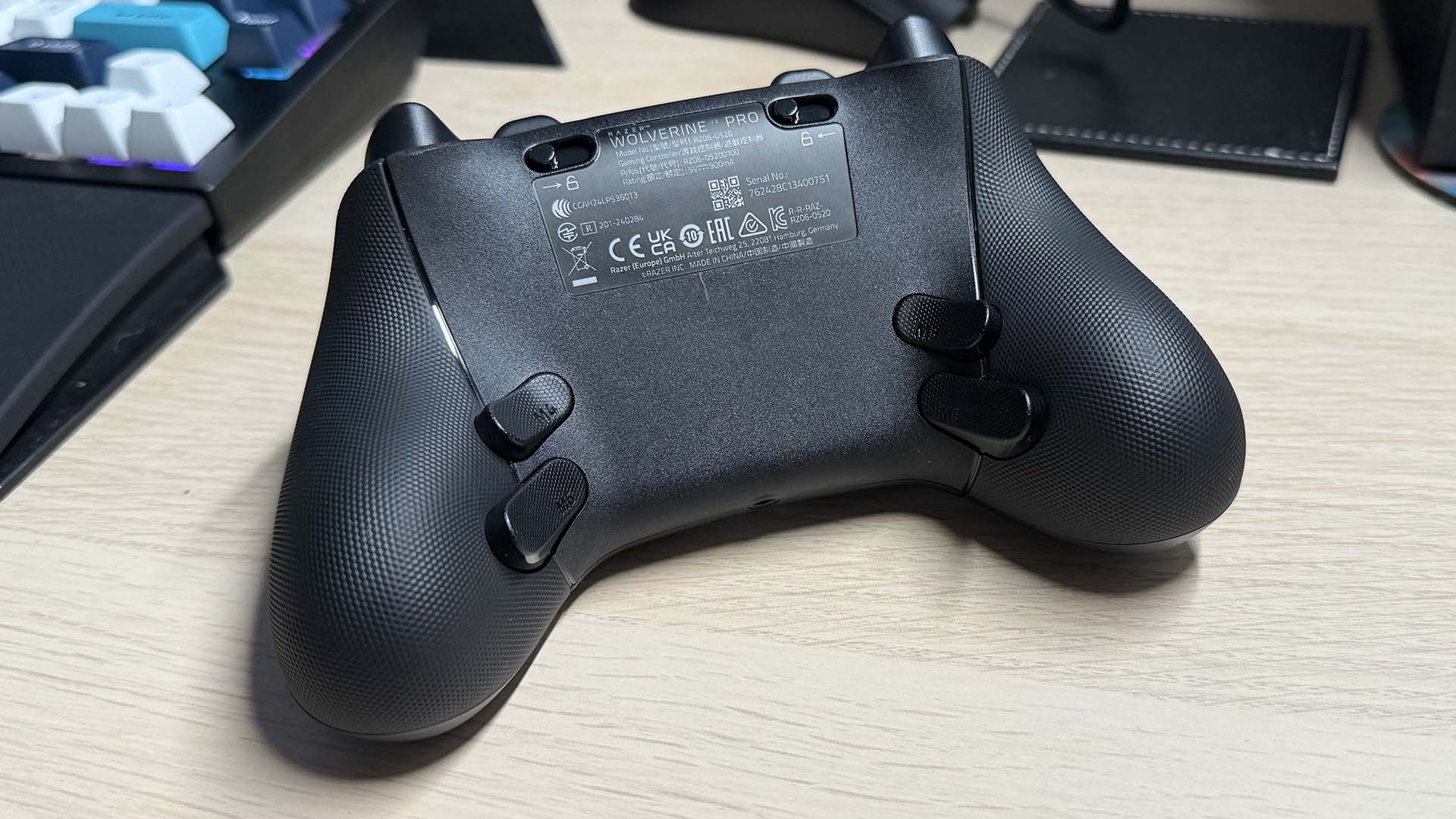
Compatibility: Windows 11, Xbox One and Series X/S
Connectivity: Razer HyperSpeed + Xbox Wireless, USB wired
Ports: USB-C, 3.5mm Stereo Headset Jack
Thumbsticks: Hall effect
Thumbstick layout: Asymmetric (Xbox-style)
Weight: 304 g
Price: $200 (plus customisation options)
But the biggest improvement is the redesign of the back paddles. Gone are the awkward vertical paddles from the V2, replaced by recessed wing-style paddles that are much easier to reach. These paddles also click like mouse buttons, adding to the overall tactile feel. Ergonomically, this is a massive upgrade.
For claw grippers, there are two additional remappable buttons near the shoulders. These are great for assigning functions like thumbstick presses, a personal annoyance of mine in games that require pressing the stick to run.
The excellent mecha-tactile buttons on the front are still as satisfying and clicky as ever. However, if you're gaming late at night, you might annoy a few people with the noise. Side-scrollers and fighting game fans will also love the floating D-pad, which is mechanical and provides fluid movement while still offering precise clicks for each direction.
When it comes to customization, the V3 Pro keeps it fairly simple. You can remap all the extra buttons directly on the controller without needing software, which is great for those who switch between games with different control schemes. For more advanced customizations, you'll need the Razer controller app for Windows or Xbox and you can save custom profiles for different games. Annoyingly, you can't swap profiles on the controller itself; you still have to go into the app for that. The previous V2 Pro had a phone app, though it wasn't the most user-friendly either.
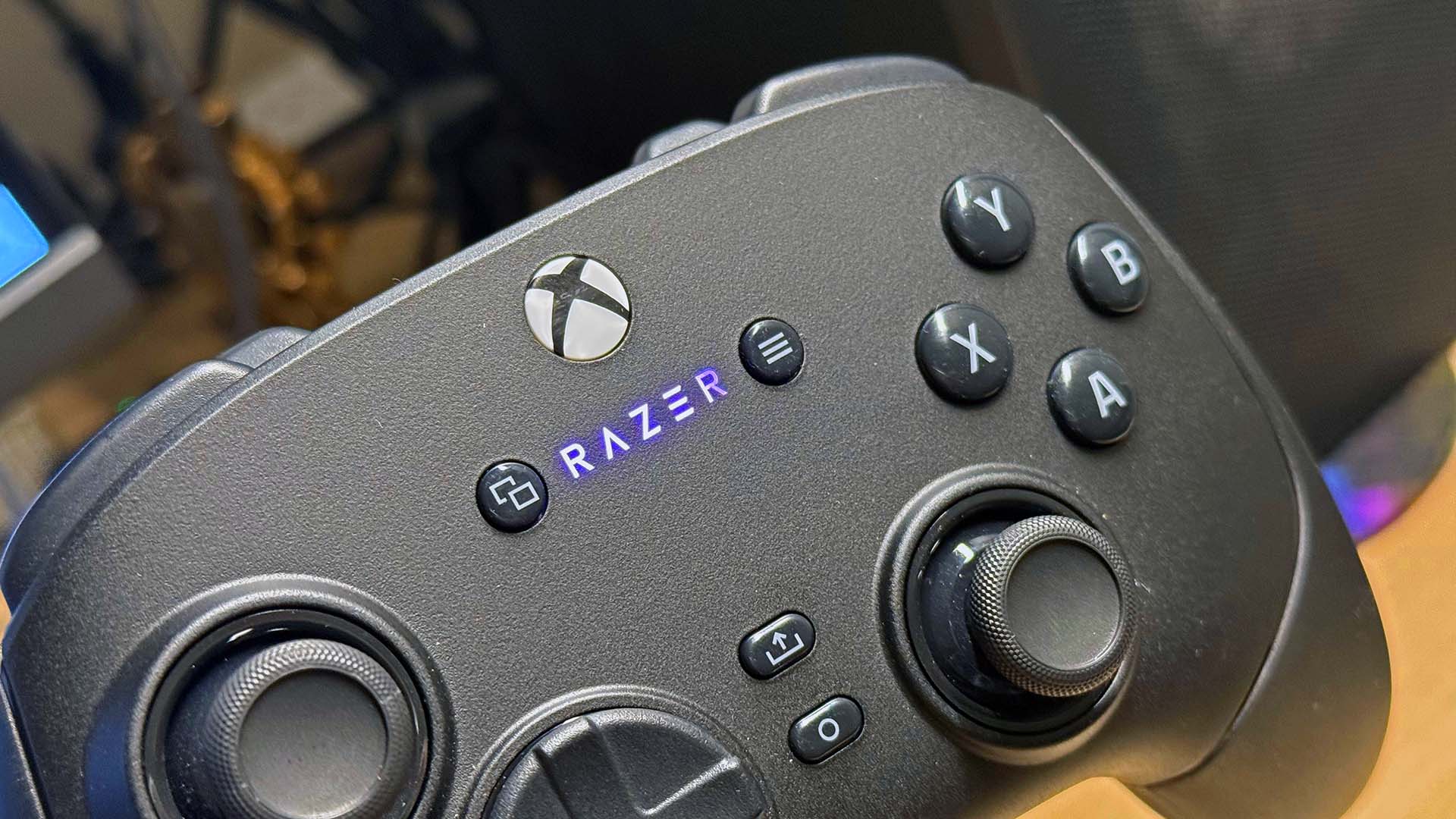
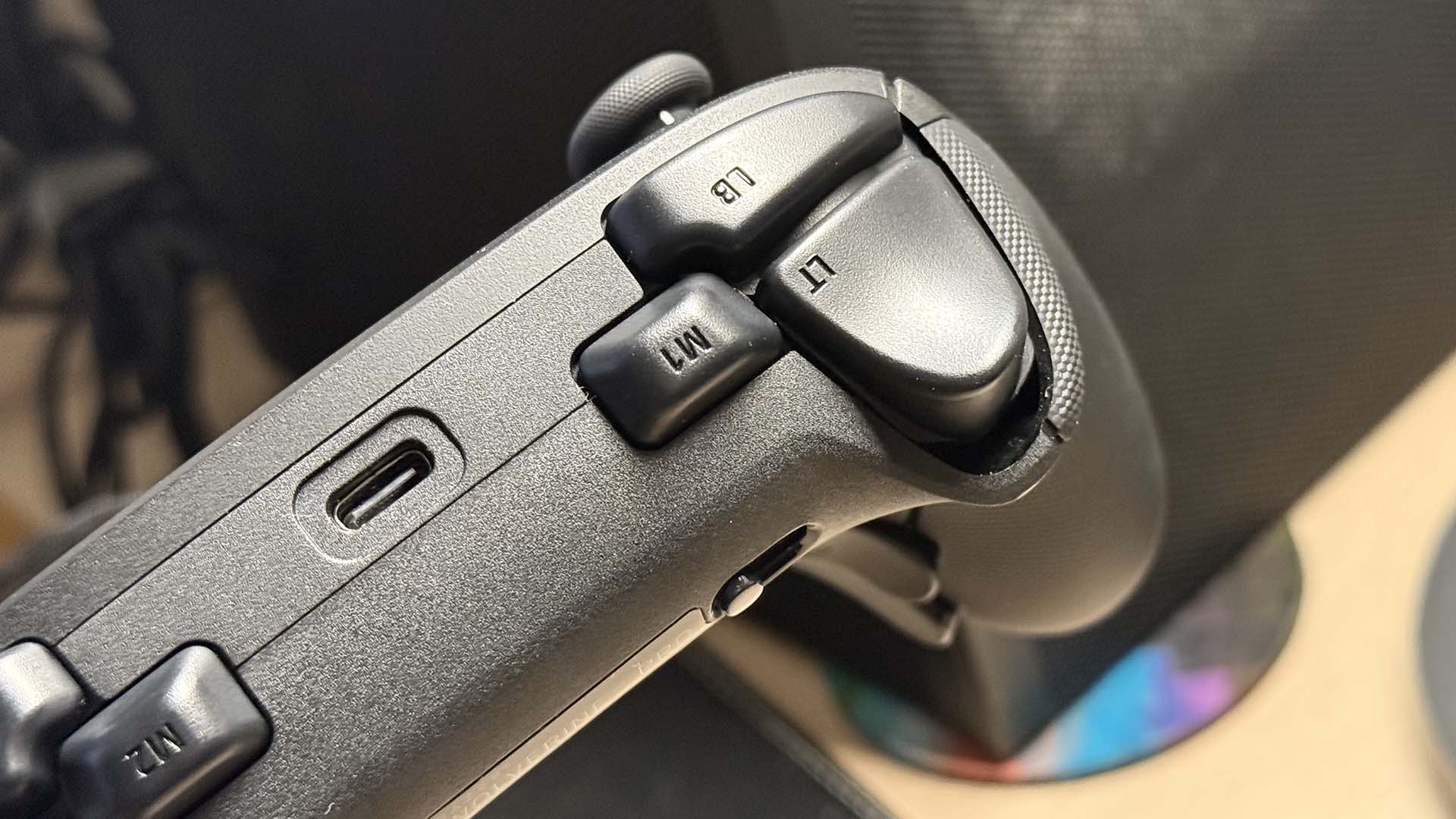
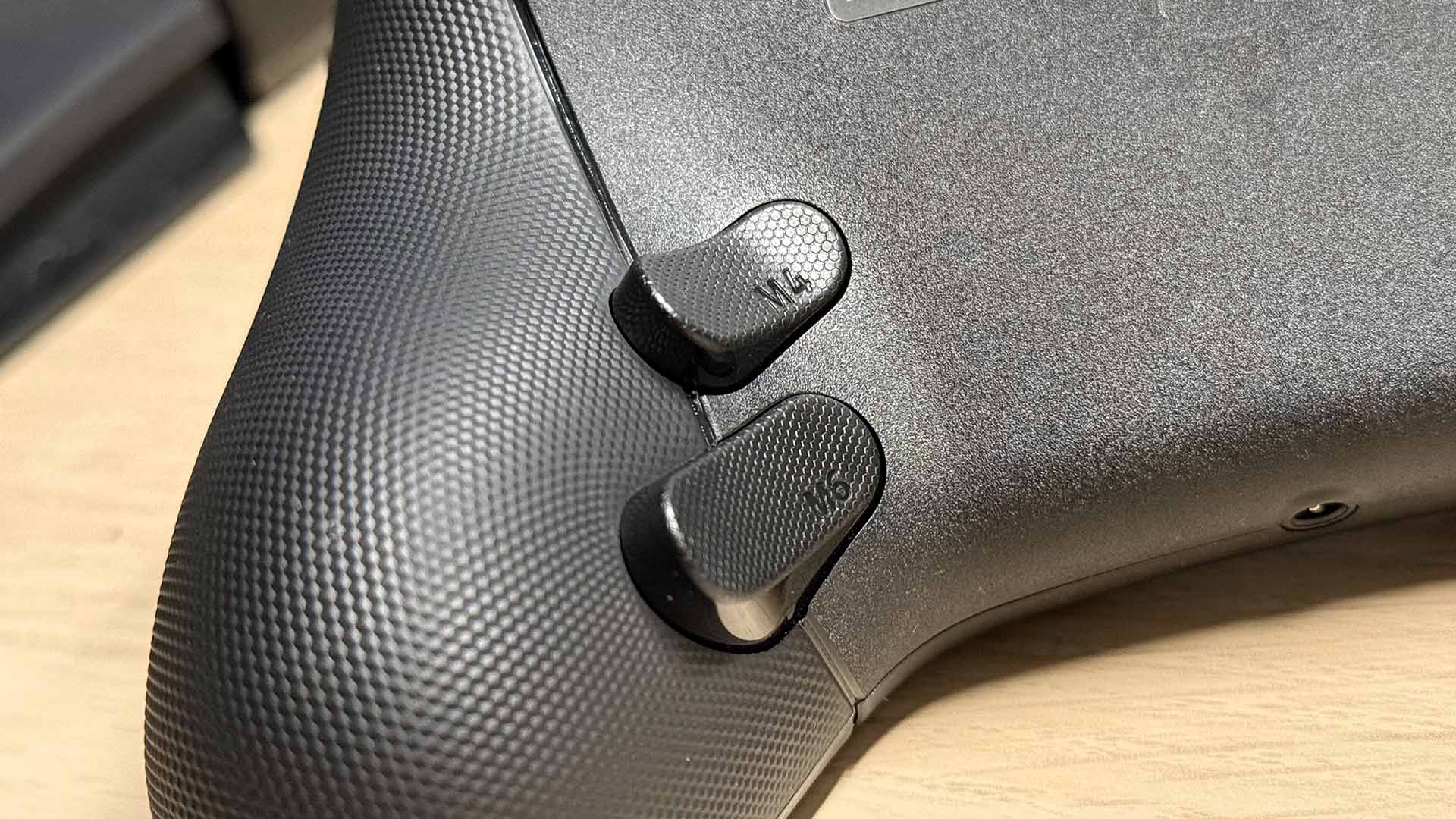
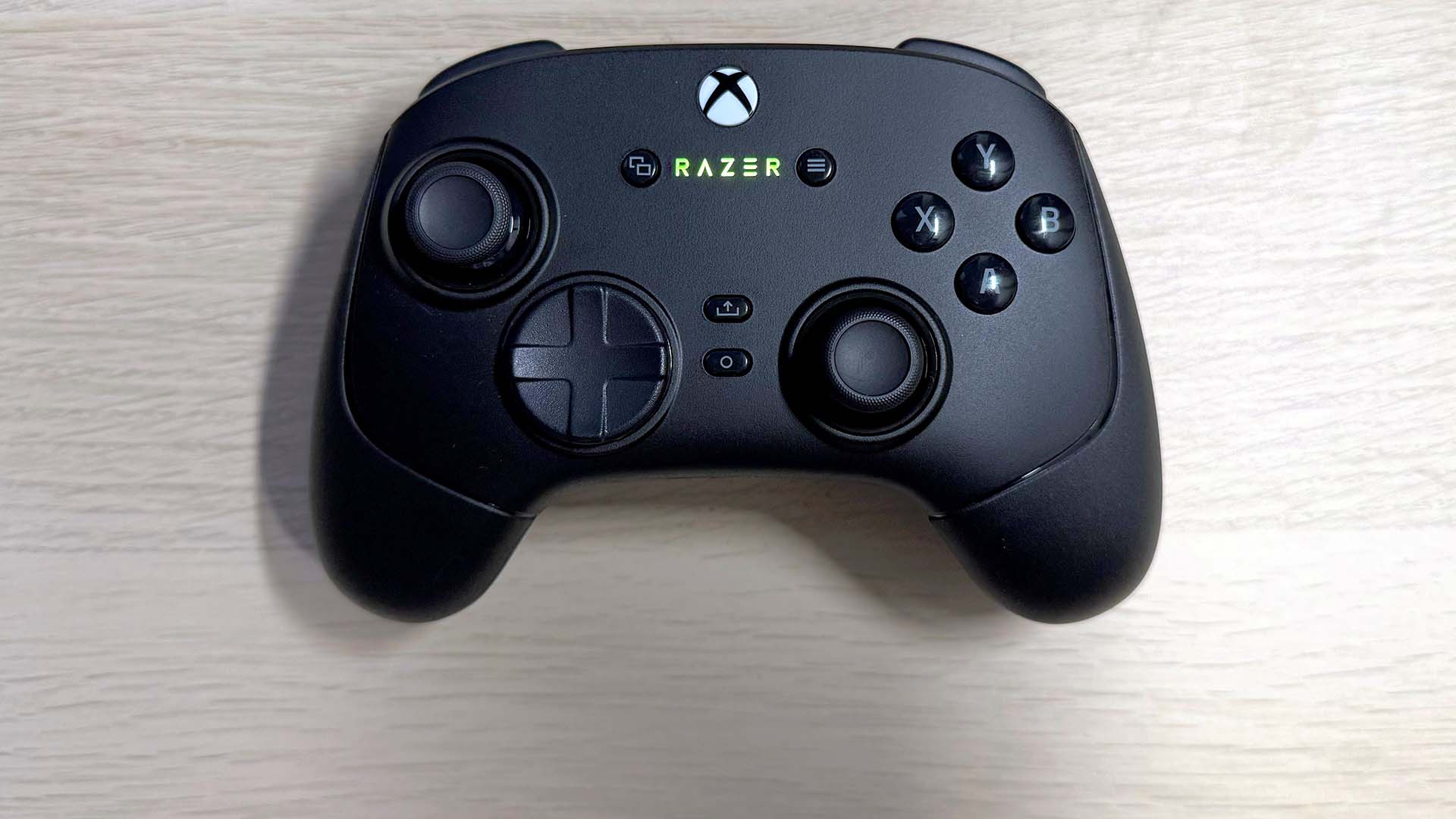
Ergonomically, this is a massive upgrade.
The rubber-coated hand grips remain one of the best in the business. No other controller feels quite as immediately natural and comfortable to hold for long periods, and just picking it up feels satisfying. Razer continues to dominate in this department.
I'm disappointed that Razer removed the stunning Chroma RGB lighting that was a staple on older models. The V3 Pro only has a glowing Razer logo, which is quite lackluster and makes the overall controller quite ordinary looking. But I take comfort in that Razer at least chose to keep haptics this time around—my biggest gripe with the V2 Pro. And yes, you can turn them off completely for competitive FPS games but keep it for single player titles.
On the inside, the V3 Pro has made significant upgrades too, including 1000 Hz polling rate support, a feature borrowed from Razer's mouse tech. This is four times higher than average controllers and is likely imperceptible to most gamers but could offer an edge to a select few. This Tournament mode is only available on PC, though.
Razer HyperSpeed wireless remains rock solid with no dropped connections during testing. Unfortunately, the V3 Pro doesn't support Bluetooth connectivity, meaning you can't use it with smartphones or tablets, which is a bit of a let down given the V2 Pro did have Bluetooth.
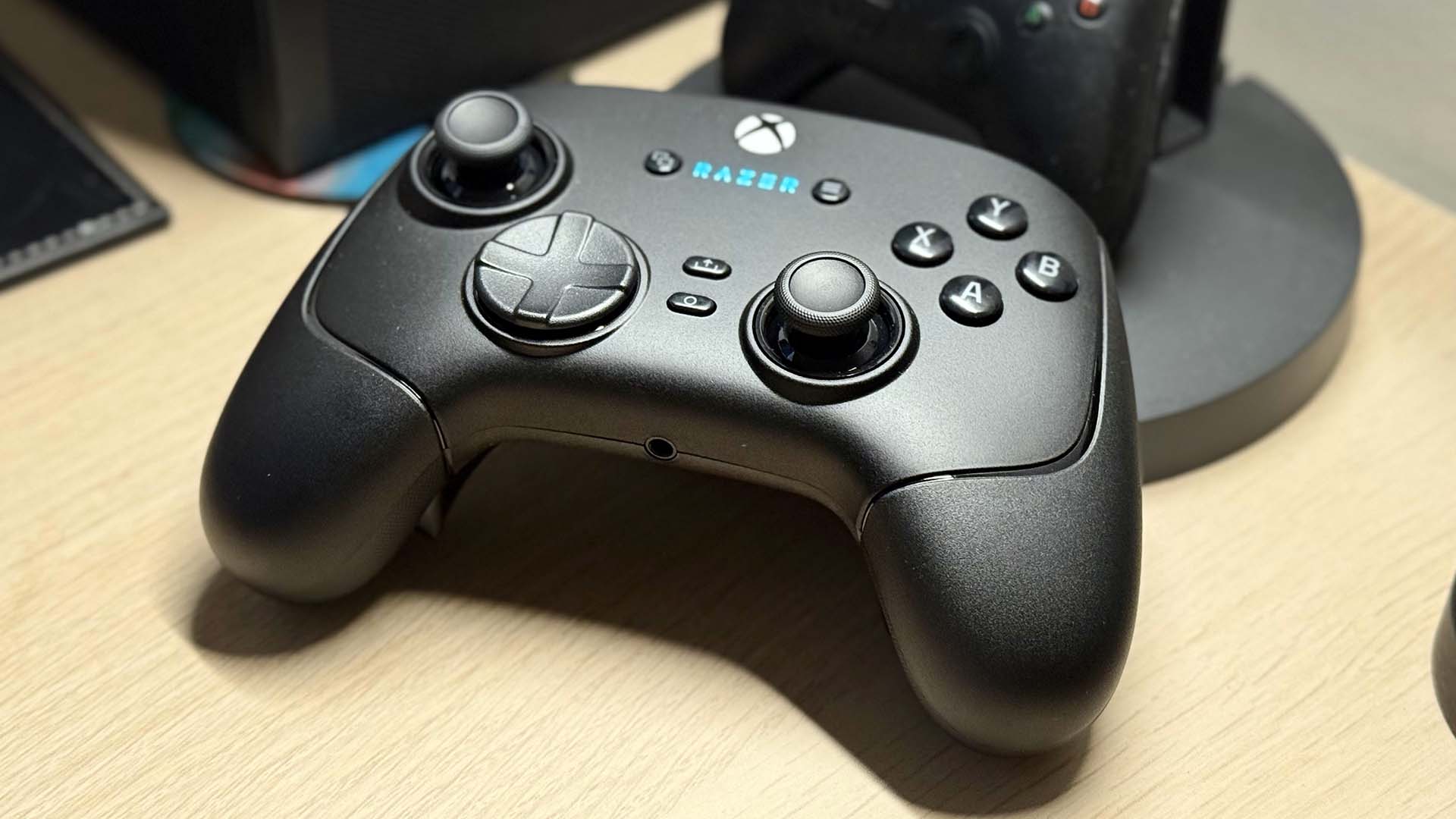
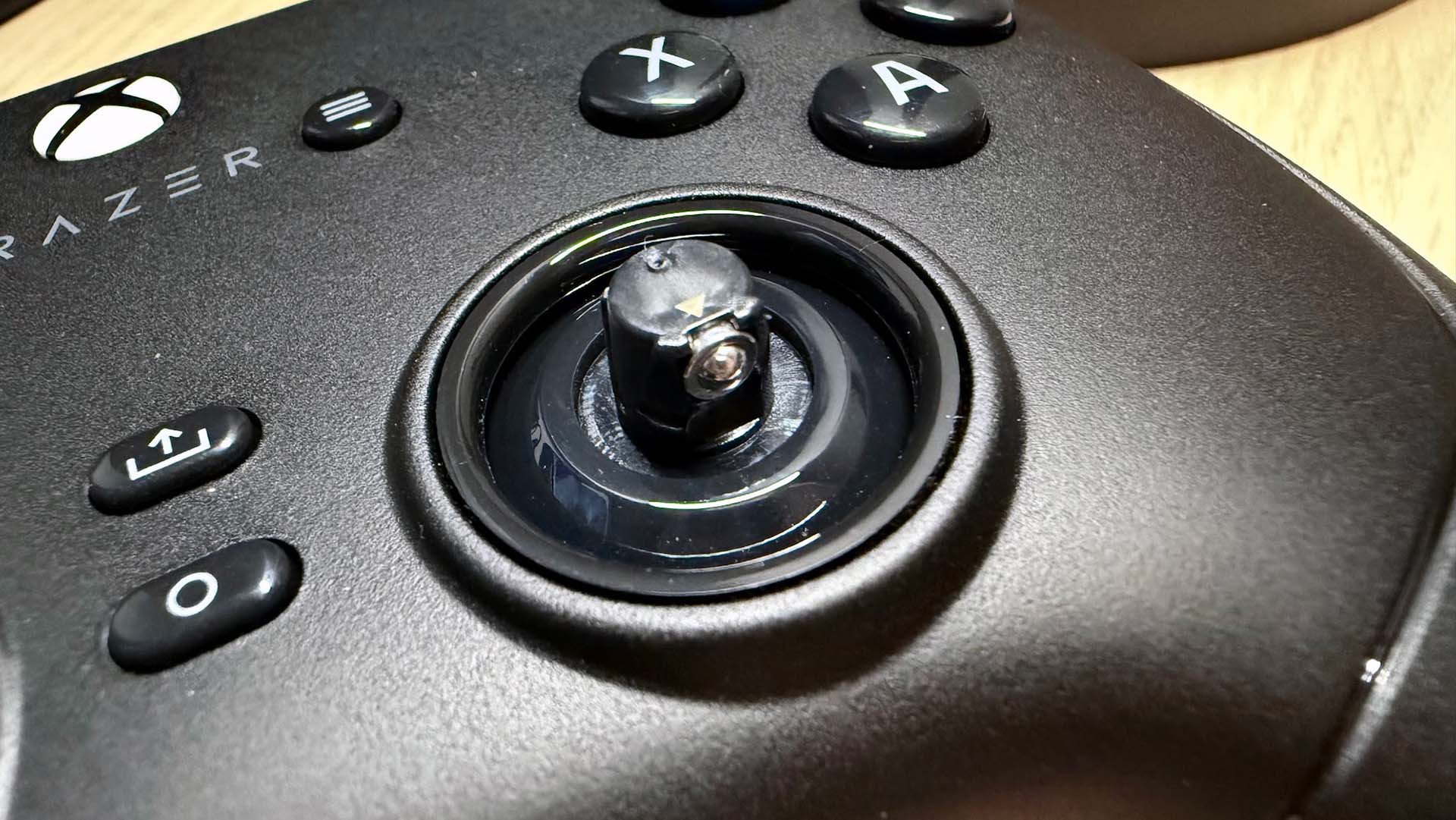
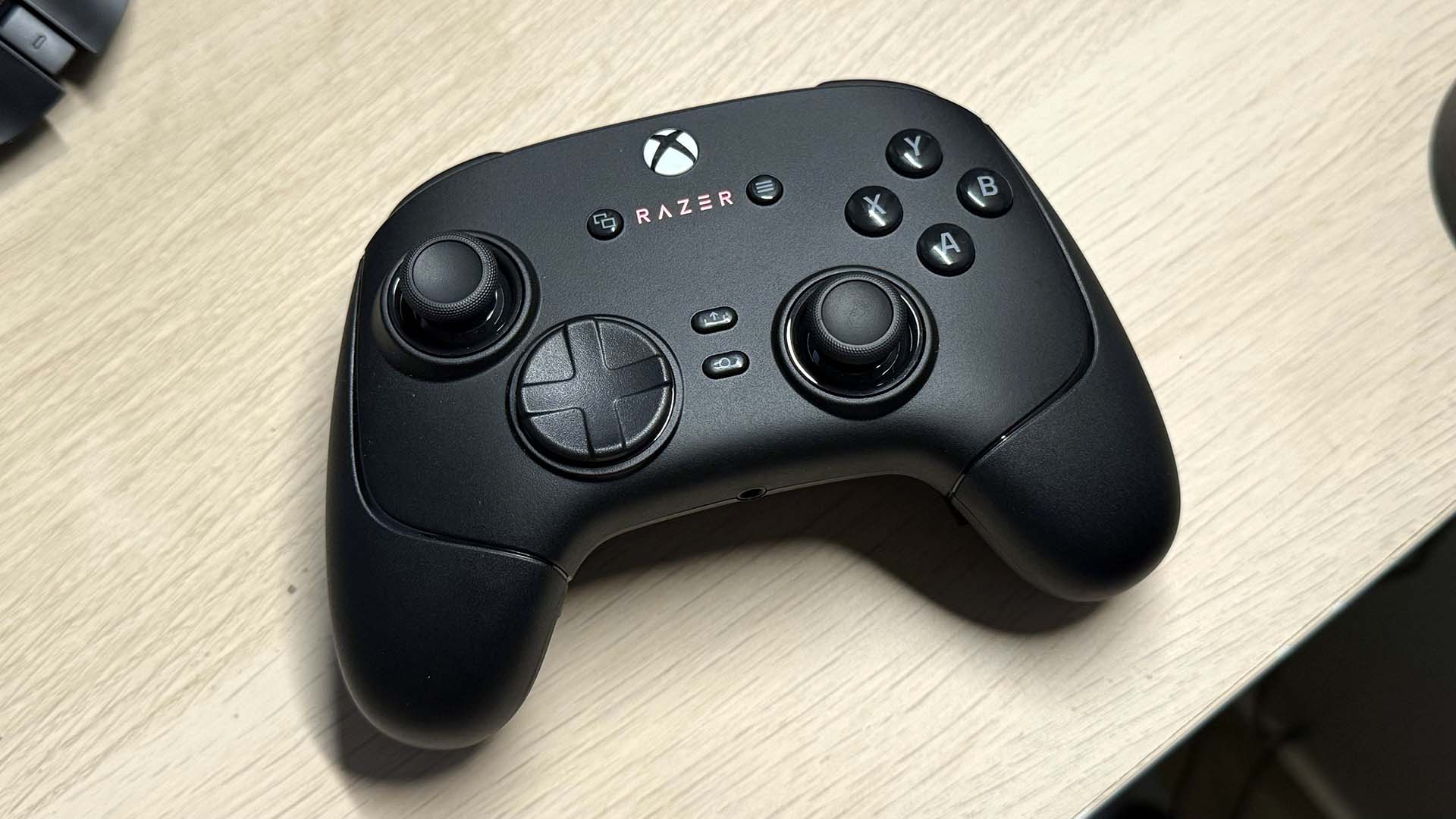
✅ You are a seriously pro gamer: Should you need the very best wireless performance, button responsiveness, and can actually make use of the 1000Hz polling the V3 Pro is the pad for you.
✅ You play a wide variety of games across PC and Xbox console: The new Wolverine can be the one controller to rule them both. Just not PS5...
❌ You don't need 1000Hz polling: They may not have HE sticks, either, but you can get the mighty Xbox Elite Series 2 for a lot less.
Battery life is solid at around 20 hours per charge, however, which is more than enough for tournaments or long gaming sessions. Even if it dies mid-game, the V3 Pro works perfectly when wired. In my own testing, the controller lasted me about a week and half between charges, so I can't complain.
Overall, the Razer Wolverine V3 Pro addresses nearly all the issues I had with the V2 Pro, making it one of the best wireless controllers for PC. The hardware updates are significant and futureproof the controller against dreaded stick drift. Its comfort and responsiveness make it a joy to use in any game. While the lack of PlayStation support and missing Chroma RGB are honestly only minor drawbacks for a PC gaming controller. It's certainly nothing to detract from an excellent experience.
If you're a PC or Xbox gamer (which are pretty much the same thing nowadays), the Wolverine V3 Pro is one of the best wireless gaming controllers out there. So as Gandalf would say: “Buy, you fools!”







